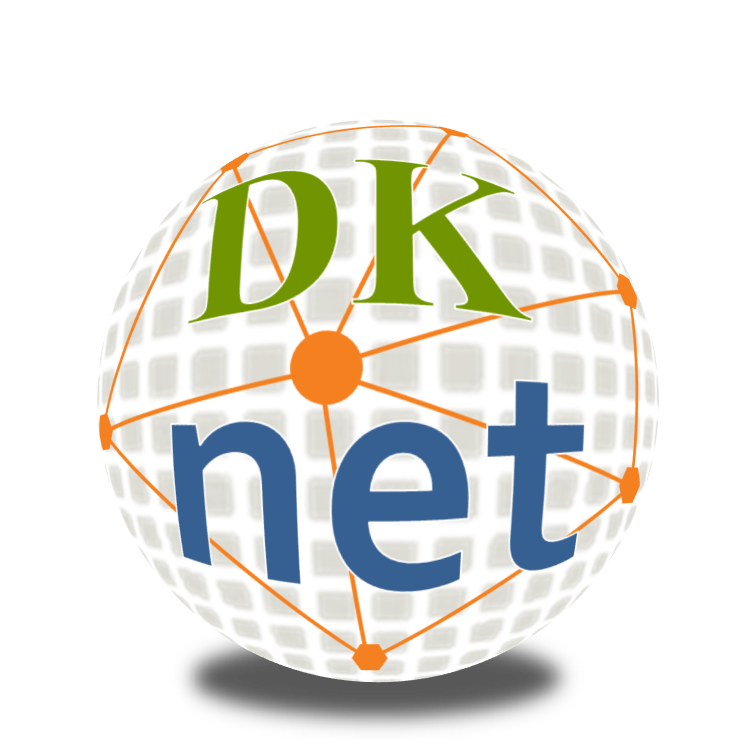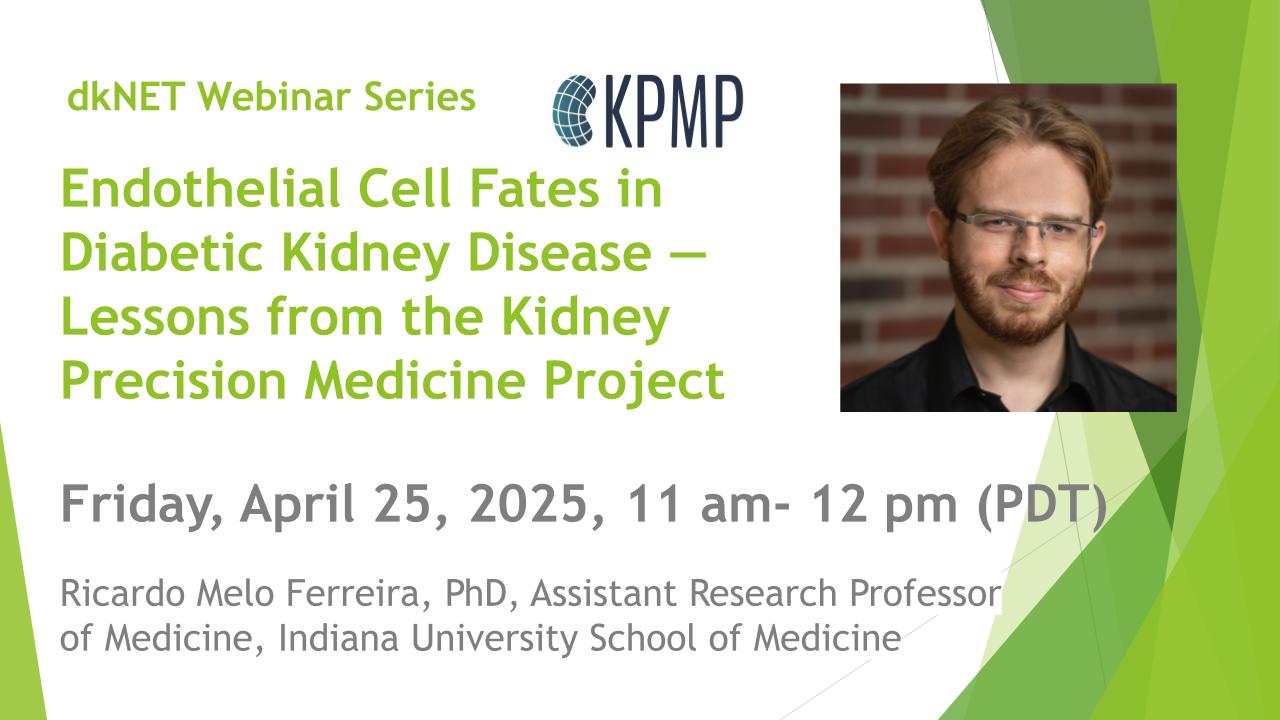X
X
Leaving Community
Are you sure you want to leave this community? Leaving the community will revoke any permissions you have been granted in this community.
No
Yes
X
Contents
Open a dkNET Account
Open a dkNET Account NOW to gain access to additional features. It's FREE!
dkNET account features include:
- Saved searches and notifications alert
- Add resources and/or Literatures to Collections
- Authentication Report: Monitor resources and generate authentication plans for antibodies, cell lines for grant submission and laboratory use.
- API services
- Option to subscribe dkNET newsletter and receive monthly dkNET updates such as new added research tools, funding opportunities, community events and more!
Search Tips
From dkNET search box, you can type any search term or terms. Here are some tips to help searching:
- Use quotes around phrases you want to match exactly, e.g., " polycystic="" kidney="" disease",="" particularly="" if="" your="" search="" phrase="" contains="" short="" words="" like="" "of",="" "and",="" "to".<="" li="">
- You can manually add AND and OR between terms to change how you search between words, e.g., Diabetes AND obesity, will search for records containing both terms. Diabetes OR obesity, will search for records with either term.
- You can add NOT to terms to negate a search term, e.g., diabetes NOT NIDDK, will search for diabetes but not the NIDDK.
- Using autocomplete specifies will expand your search automatically with terms from the ontology, e.g., synonyms, abbreviations.
Tutorials
- dkNET Overview
- About dkNET
- Watch recorded webinar
- dkNET portal demo
- Watch tutorial video "dkNET Overview - What is dkNET? What can dkNET help you with your research?"
- Resource Report - powered by Resource Information Network (RIN)
- What's in Resource Reports?
- Check out an example with ImageJ (RRID:SCR_003070)
- Check out an example with beta-Actin (8H10D10) Mouse mAb antibody (RRID:AB_2242334)
- Watch recorded webinar
- Watch tutorial video "dkNET Resource Reports -How to find and select a research resource such as an antibody or cell line?"
- Discovery Portal
- How to search dkNET resources and additional community resources?
- Go to Homepage, click Discovery Portal, then type a keyword of your interest to search. You can refine your search by using Category and Sub-Category filters. You can use Community Filter to find resources specifically selected for the dkNET community.
- How to search Literature within dkNET?
- Go to Homepage, click Literature under Discovery Portal. Type a keyword of interest to search. You can use Facets on the left side to refine your results.
- Watch tutorial video "dkNET Discovery Portal - Find Type 1 Diabetes Related Resources"
- Authentication Report
- How to find recommended authentication plans for cell lines and antibodies? Watch recorded webinar
- Watch tutorial video "dkNET Authentication Reports - How to prepare authentication plans for your research resources?"
- FAIR Data Resources
- Hypothesis Center
FAQs
- What's the difference between dkNET 3.0 and dkNET 2.0?
- We have been listening carefully to our users and community. At dkNET 3.0, we have redesigned Discovery Portal. We incorporated user feedback to create a more intuitive search interface that unifies the search across community resources of special relevance to NIDDK researchers, additional biomedical databases and the biomedical literature. We have also created new sections, such as Resource Report, Rigor and Reproducibility Support, and Hypothesis Center. To learn more about new features at dkNET 3.0, check our product information page for dkNET 3.0.
- For return users, if you want to search resources through dkNET community resources, go to Discovery Portal and turn on COMMUNITY FILTER. If you want to search Literature, click Literature at dkNET homepage under Discovery Portal section.
- Will my old account work on the new dkNET 3.0?
- Yes, if you signed up for an account on dkNET 2.0, you can still use the same account on dkNET 3.0.
- Do I need an account to use dkNET?
- No, you can use the dkNET search portal without an account. However, if you want to use the features such as Save Searches, Notifications, Collections, or Reproducibility Reports, you will need an account.
- How do I export results from dkNET?
- In Resource Report and Discovery Portal, results can be downloaded as CSV under "Table View" and selecting "Download 1000 results" in the upper right corner. To export > 1000 results, please contact us at dknet@info.org
- What resources are available through dkNET?
- dkNET searches across webpages and databases that provide access to research resources of interest to NIDDK researchers. dkNET is built on a platform called SciCrunch (see below) that provides access to hundreds of of databases across all fields of biomedicine.
- What is a research resource?
- A research resource is any material, software tool, data or service that is used in the course of scientific research. In dkNET, we focus on non-commercial research resources, largely created through investments of government funders. The dkNET search portal provides the ability for researchers to search across websites and databases that provide access to or information about these types of resources.
- What are dkNET community resources and where can I find them?
- dkNET has selected a subset of these resource providers as "Community Resources", that is, resources that were specifically created for the dkNET community, e.g. GUDMAP, or contain information of particular importance to NIDDK Researchers, e.g. the Antibody Registry. "Community Resources" were currently pre-selected for inclusion by the NIDDK Information Network Steering Committee. A list of the currently Community Resources can be found here. If you want to search resources through dkNET community resources, go to Discovery Portal and turn on COMMUNITY FILTER.
- I have a database that I think would be of interest to the dkNET community. How can I make it available through dkNET?
- dkNET is now enabling the community submit digital resources such as software or databases for consideration. If you can't find your software or database in dkNET Tool Resource Report, you can help to add it into the system by suggest a resource via SciCrunch Registry.
- I've searched through dkNET and can't find what I'm looking for. What should I do?
- Use the "Contact help desk" tab at the bottom of the page. If there is a question mark icon, you can click it for more information. You can also review the "Search tips" and tutorials (coming soon) at this page.
- What is SciCrunch?
- SciCrunch is a community-building platform that was designed to promote data sharing in the biomedical sciences. dkNET is built using the SciCrunch platform. Through SciCrunch, dkNET users can access not only their community resources, but also hundreds of additional databases that have been built by others in the biomedical community.
- What is the difference between dkNET can dkCOIN?
- dkCOIN was the prototype for dkNET and will no longer be maintained after the release of dkNET. All data from dkCOIN has been transferred to dkNET.
- How often are dkNET research resources updated?
- dkNET data sources are dynamically updated and new sources are added on a regular basis. We updates data sources weekly or monthly, depending on the resources. For most up-to-date resource information, it is suggested to visit the resource sites directly.

X




